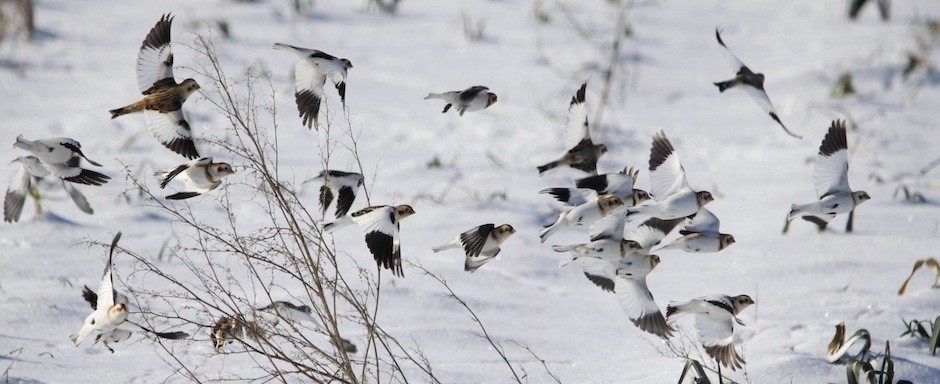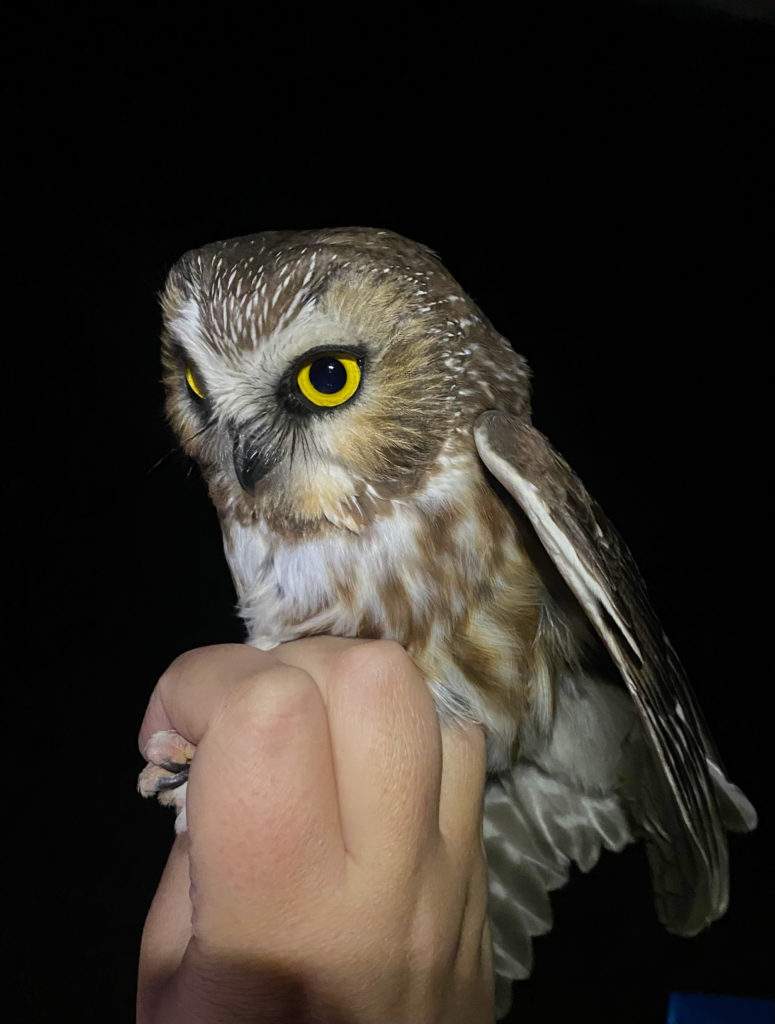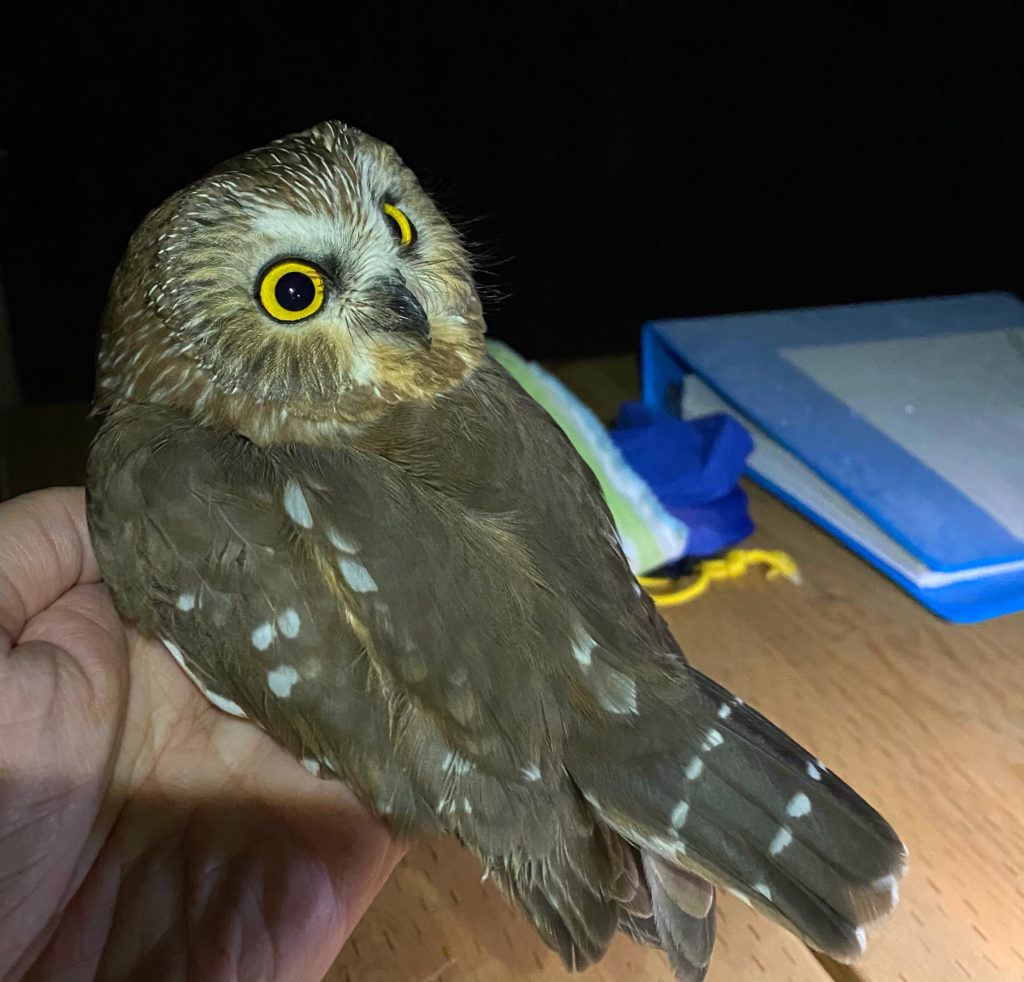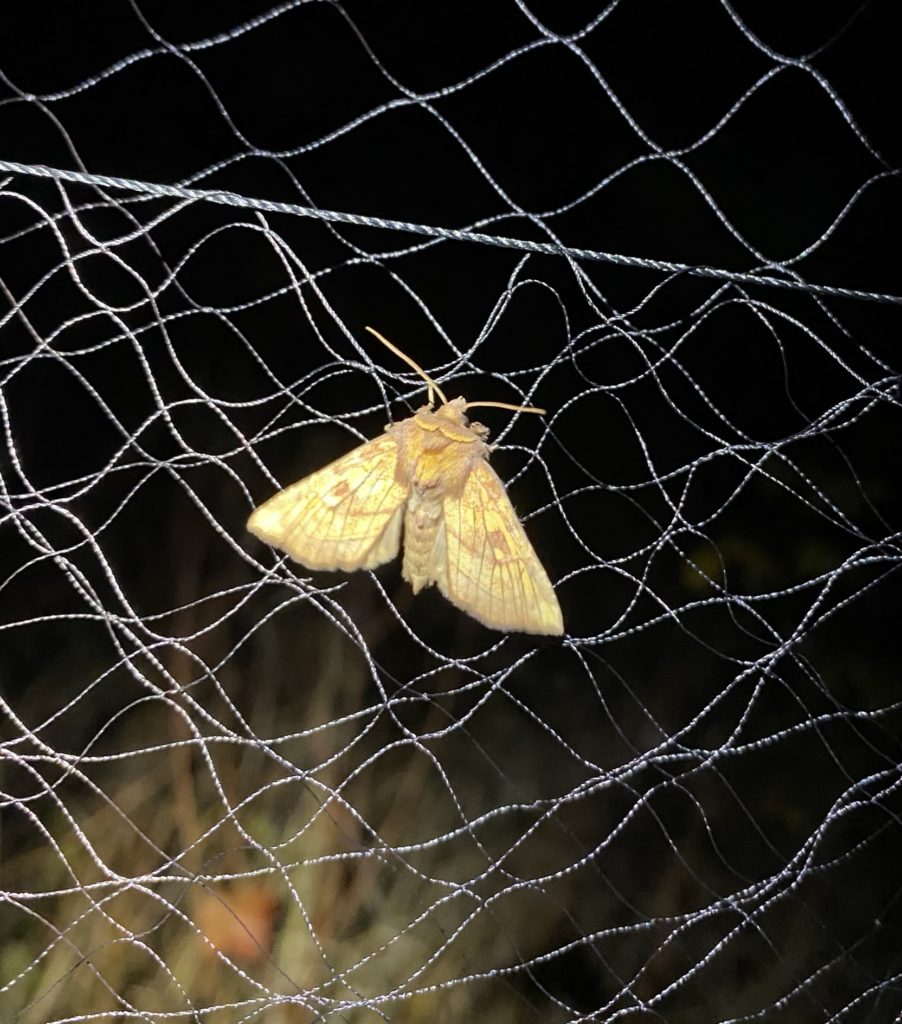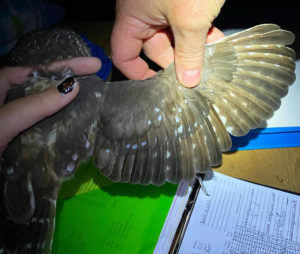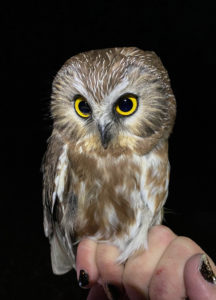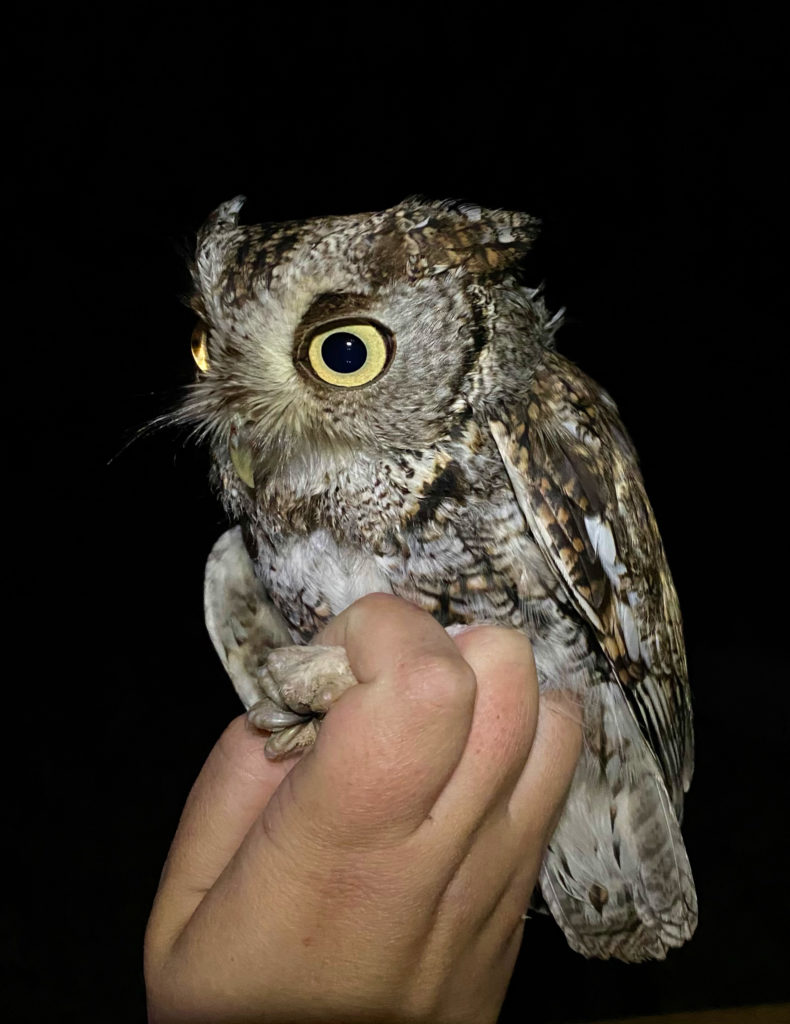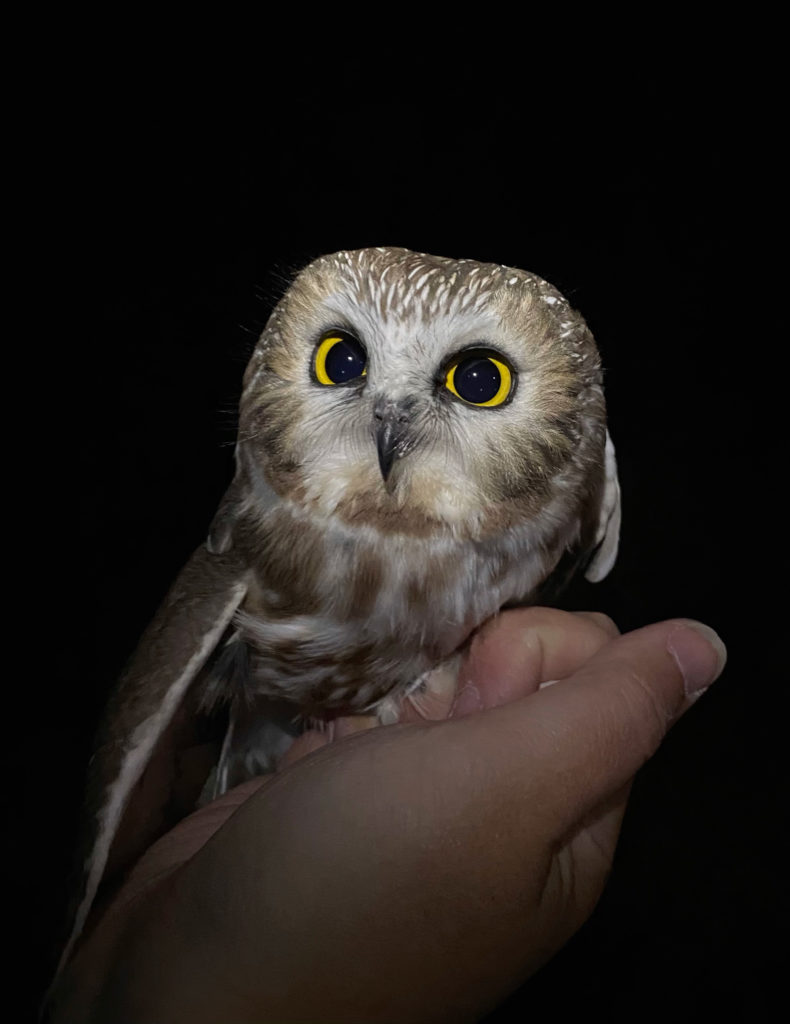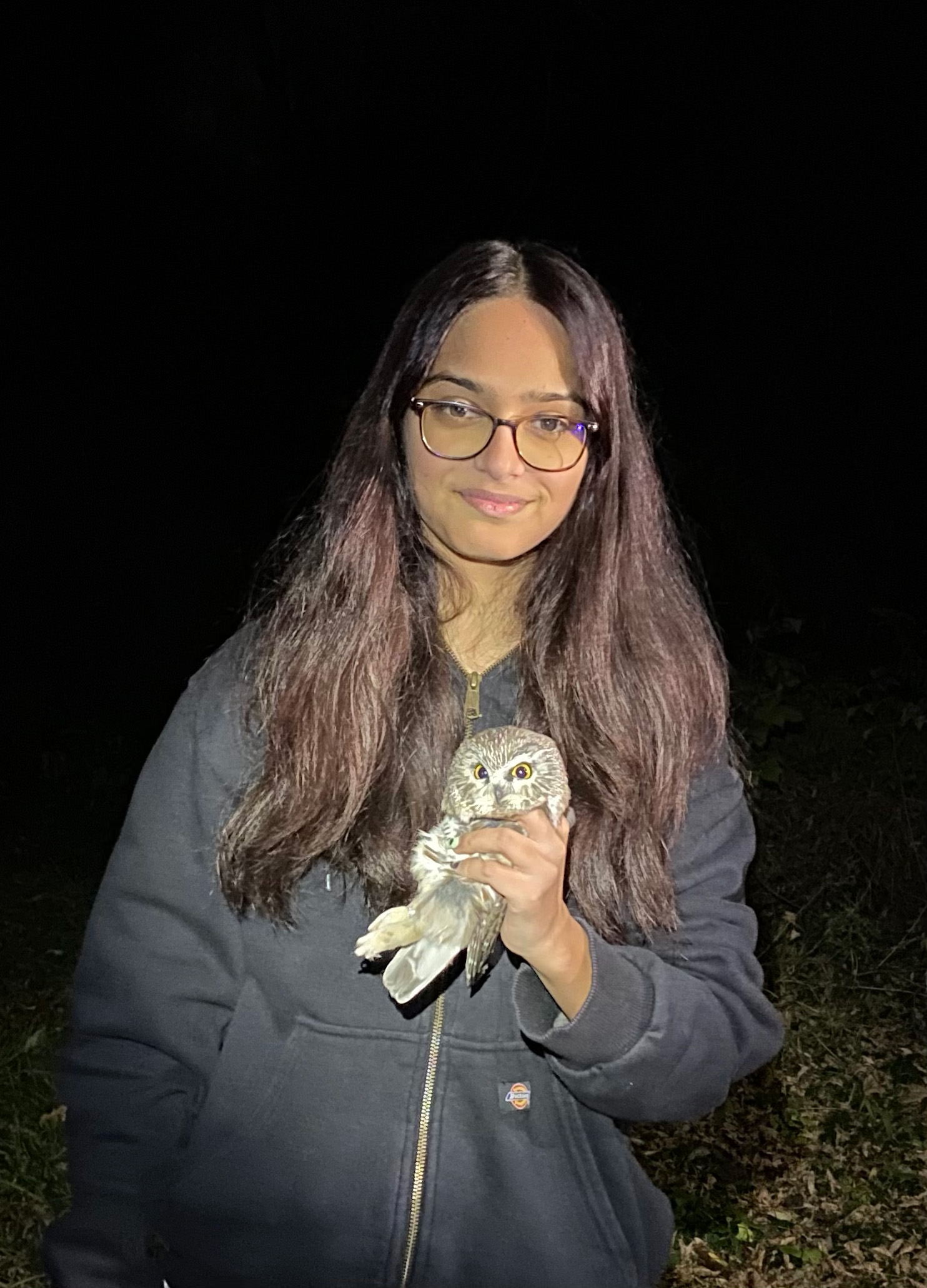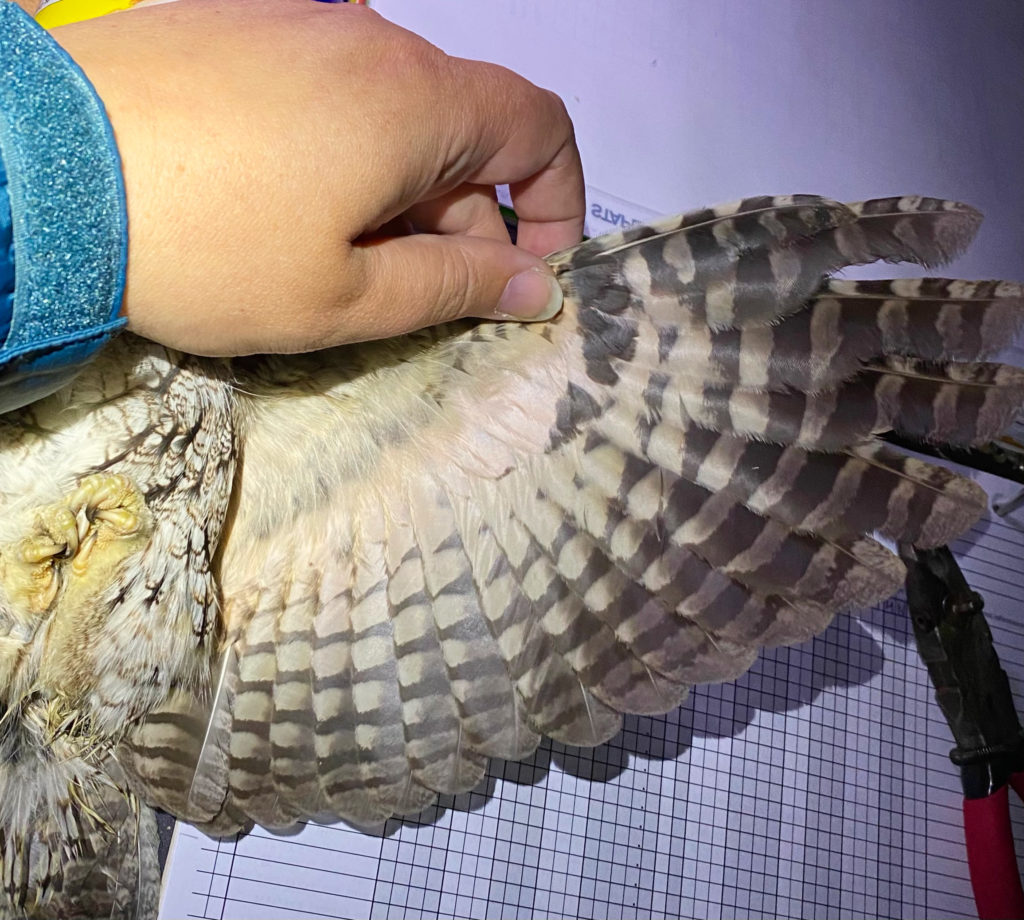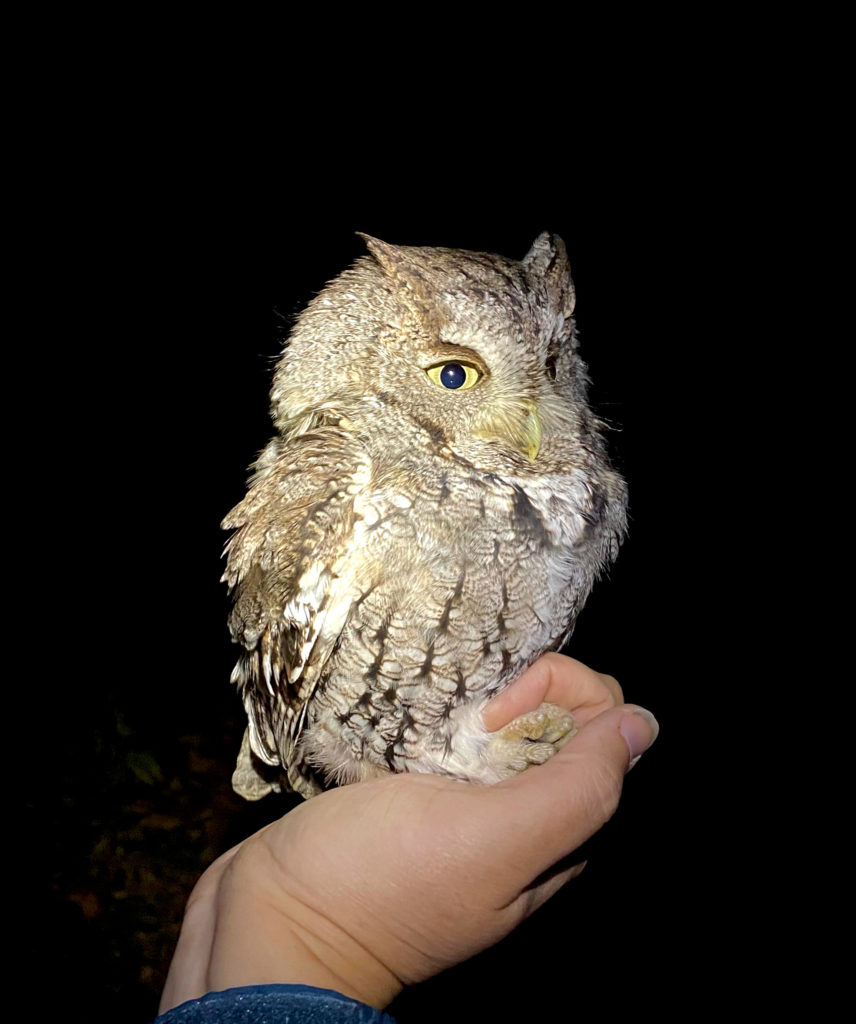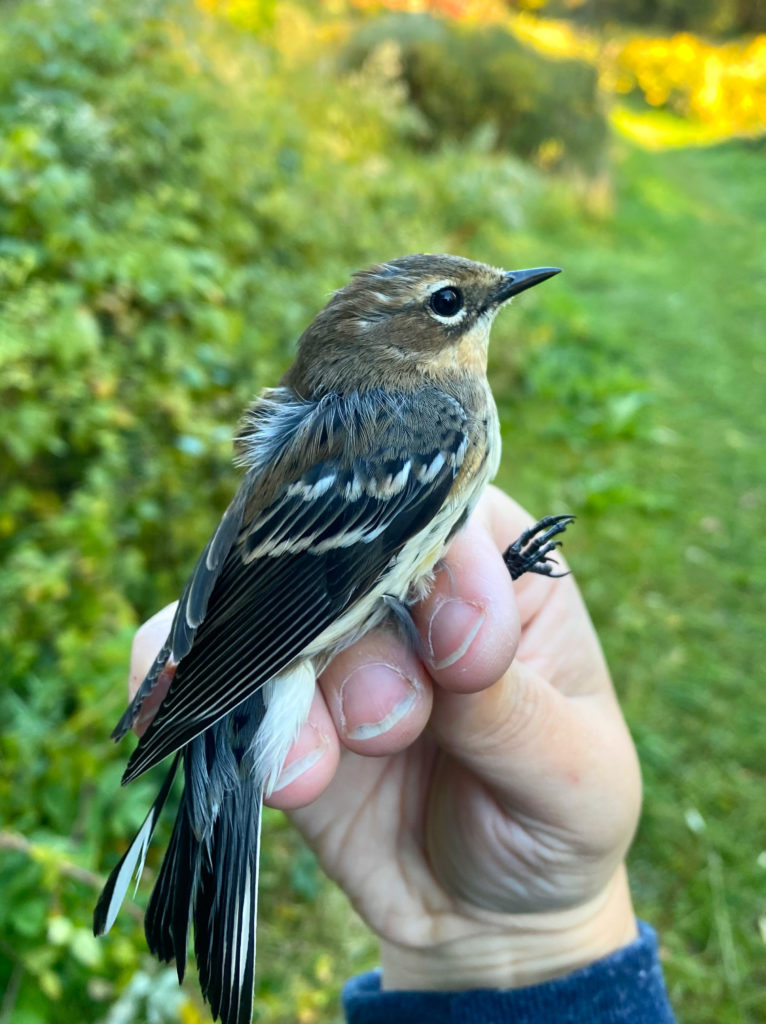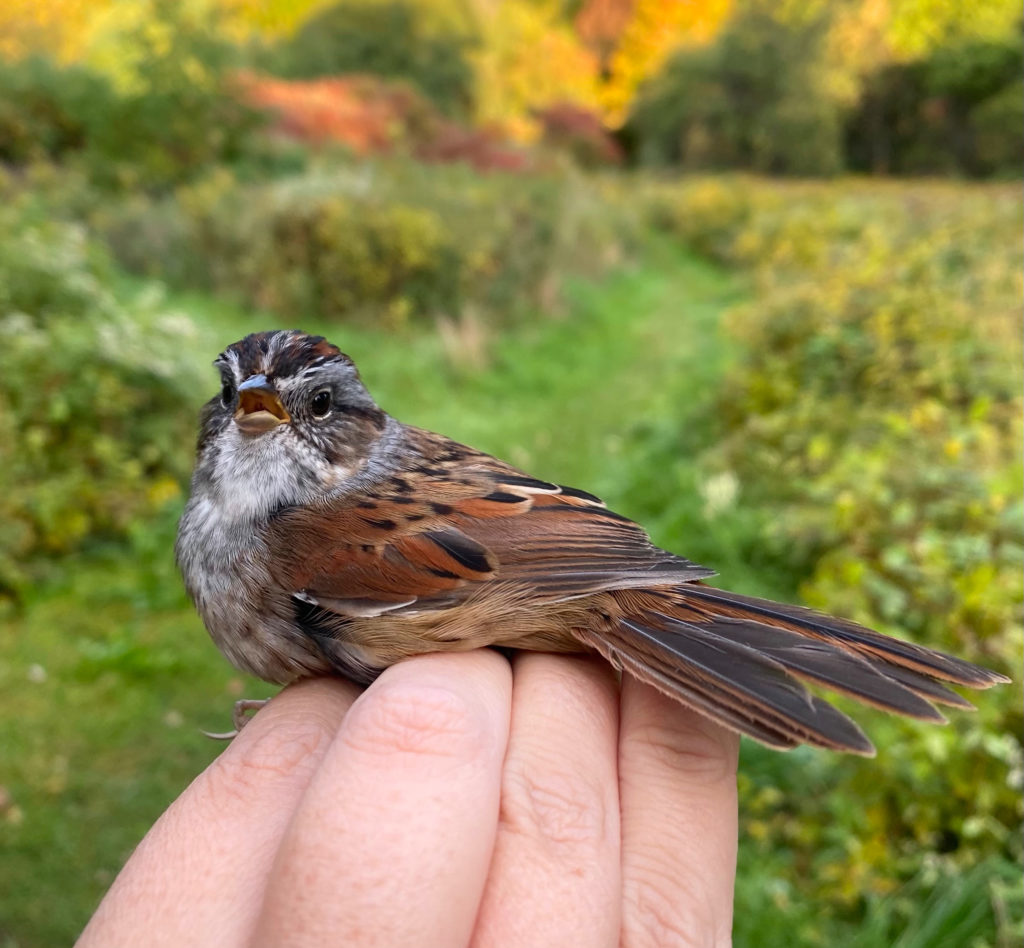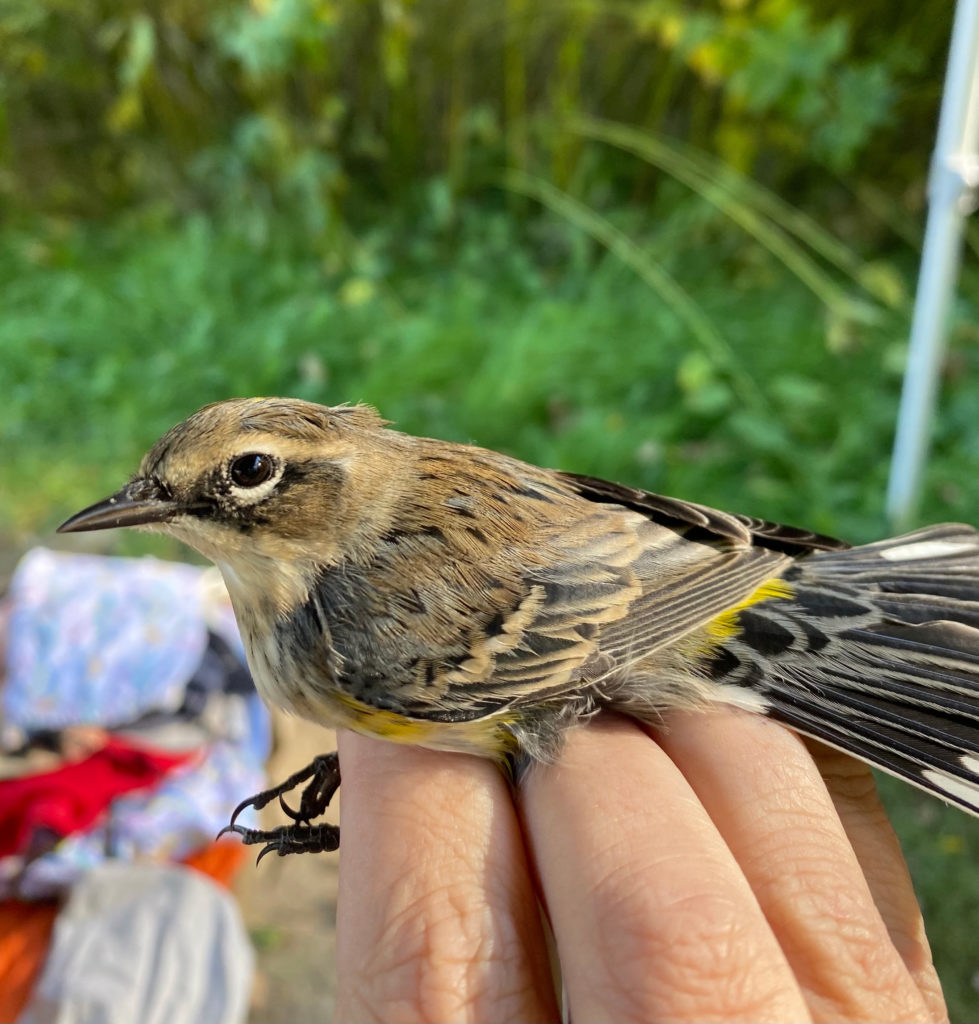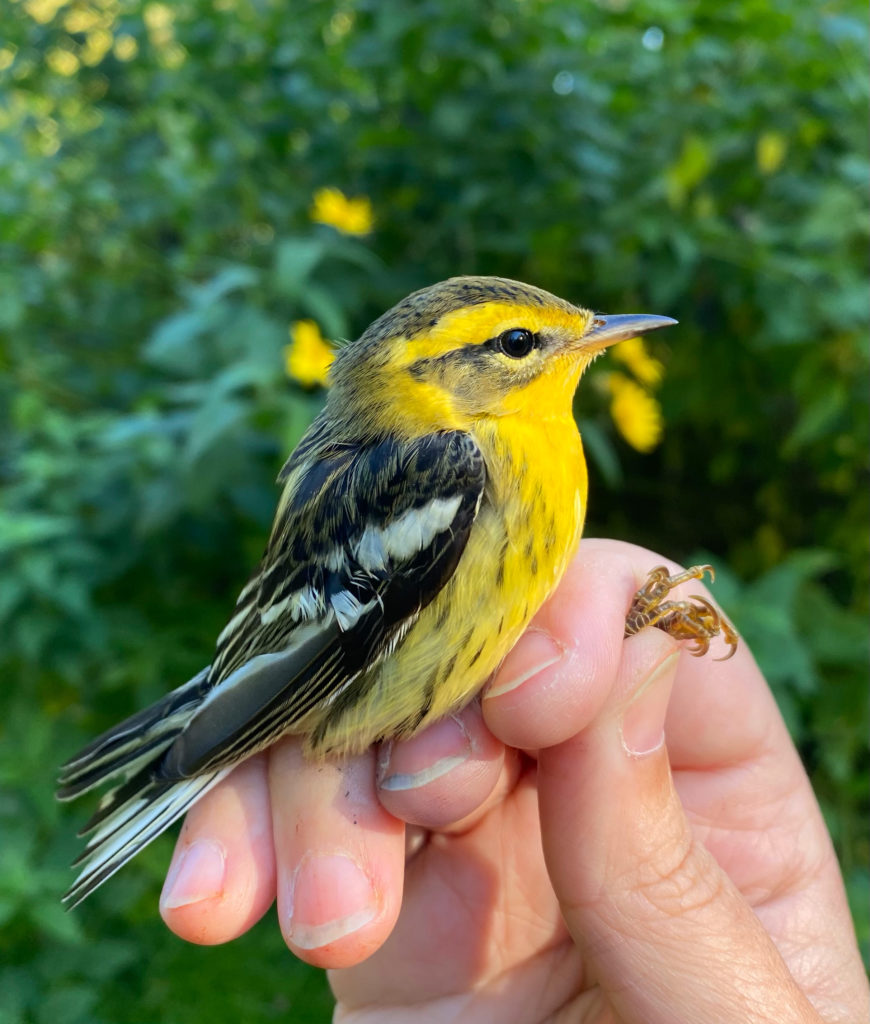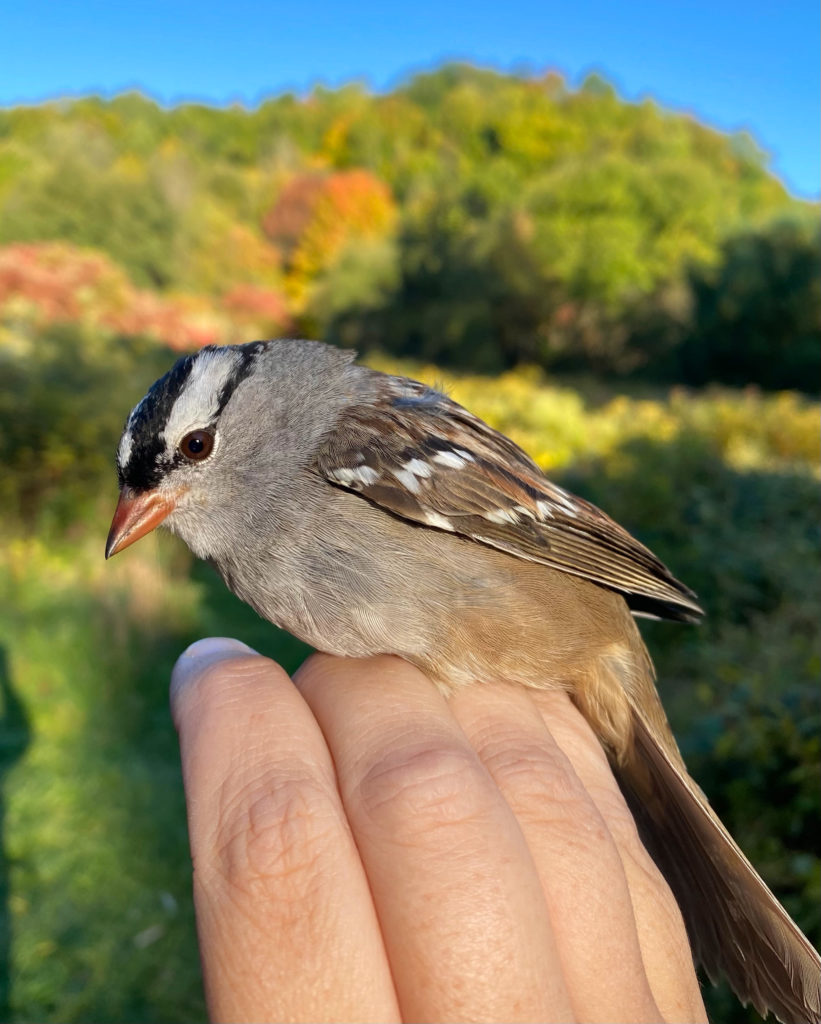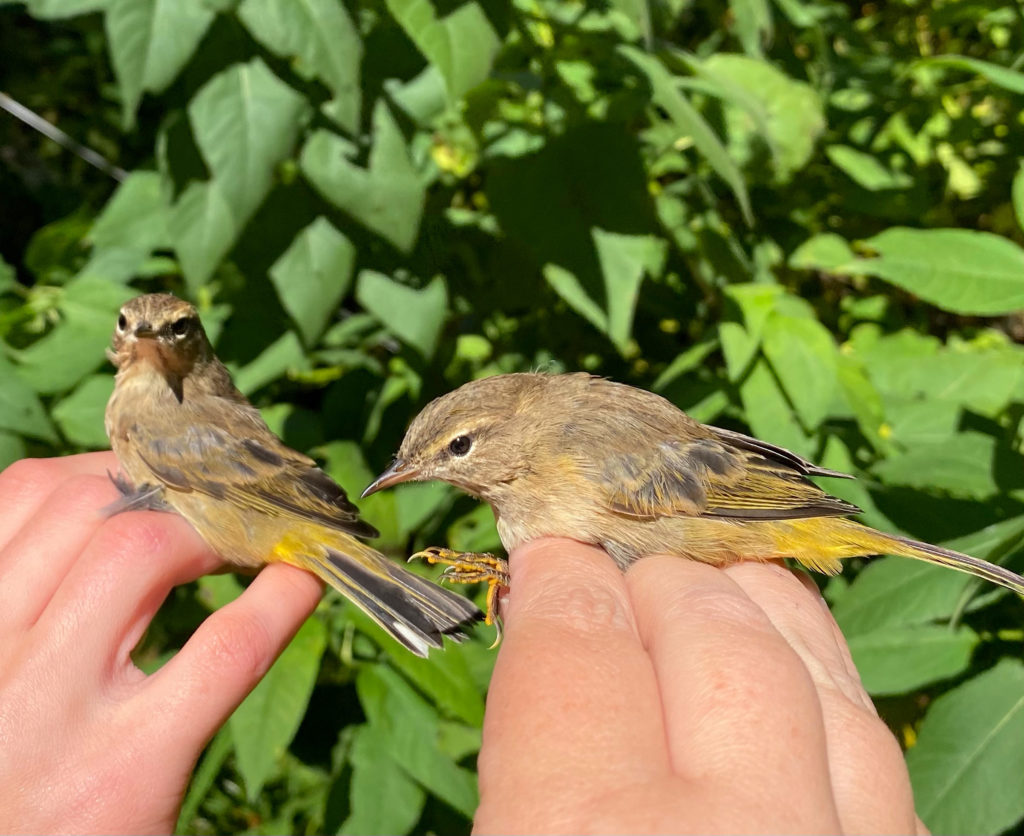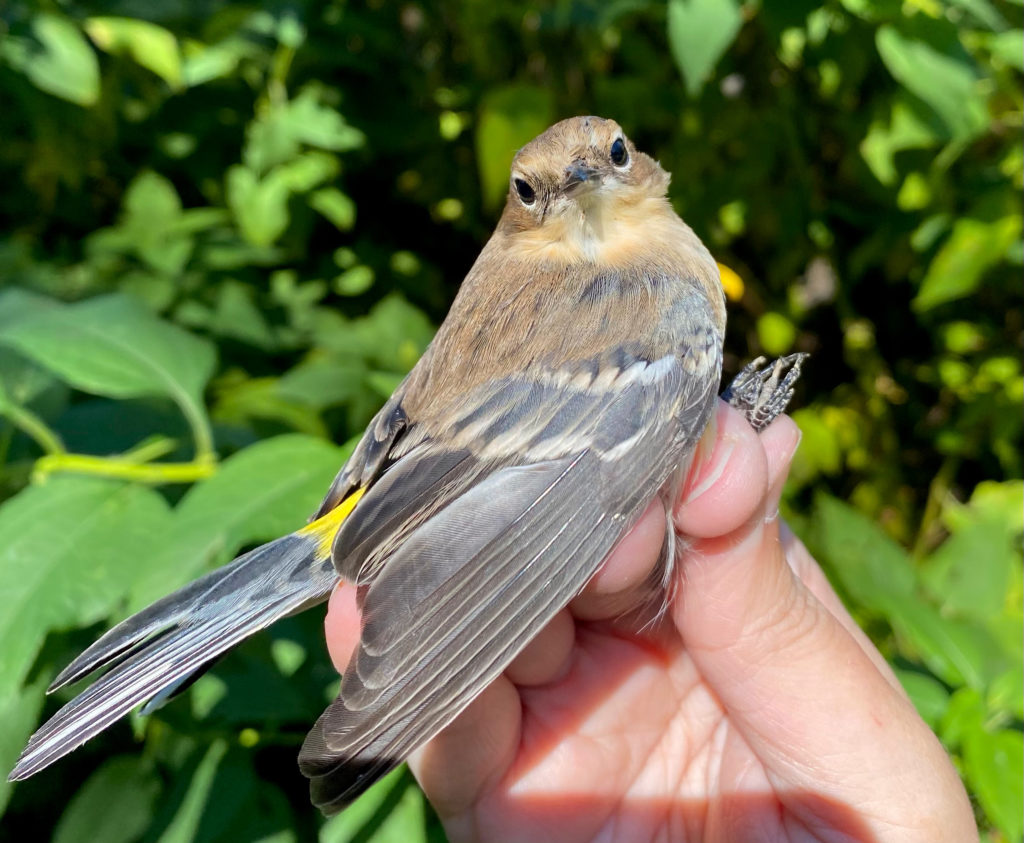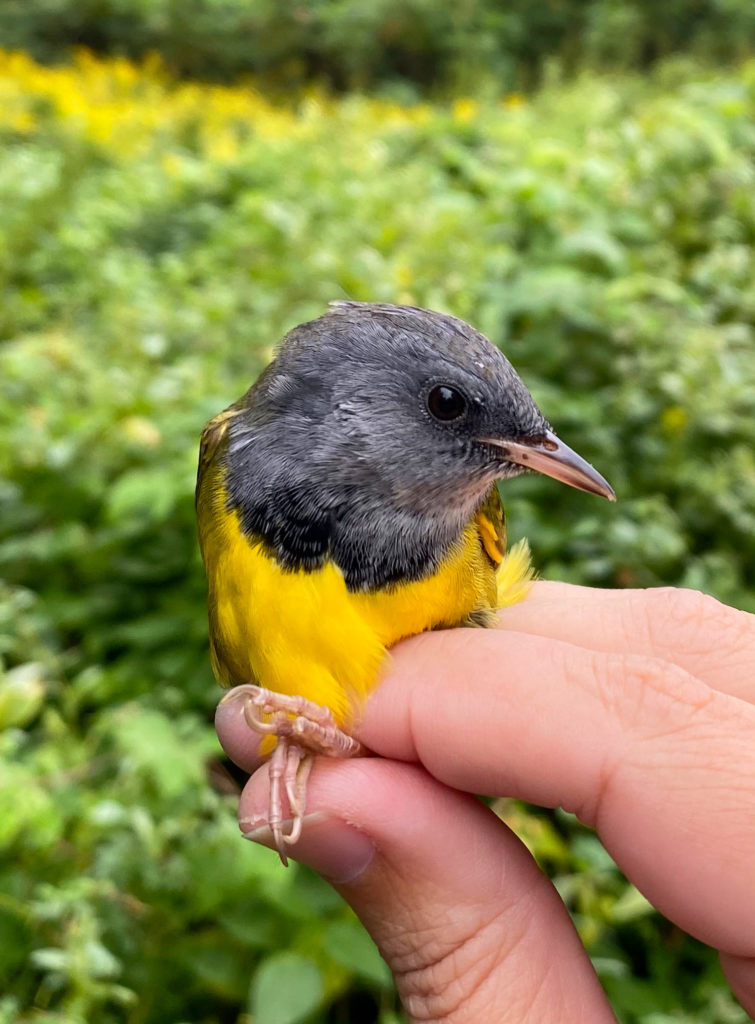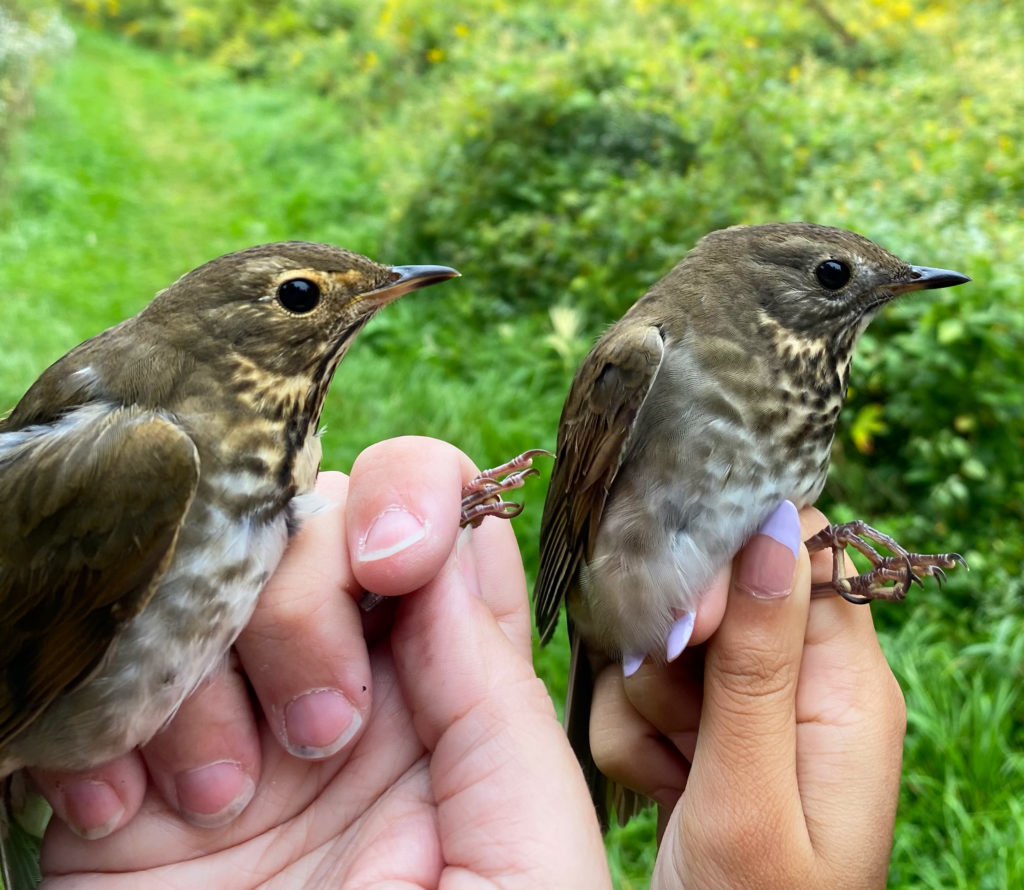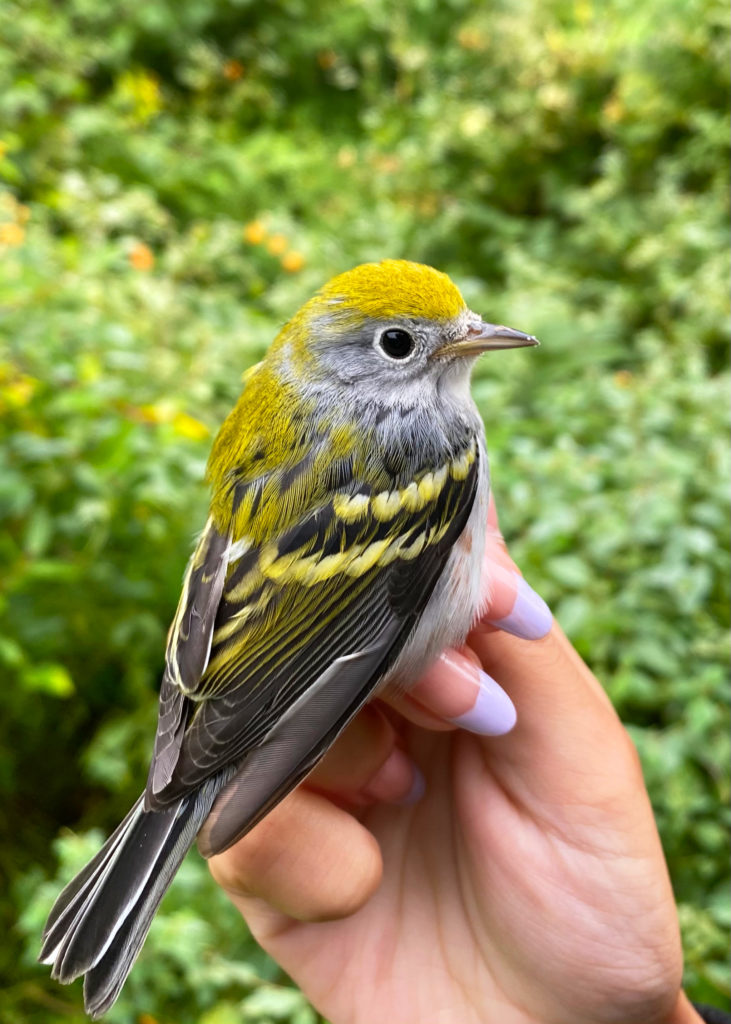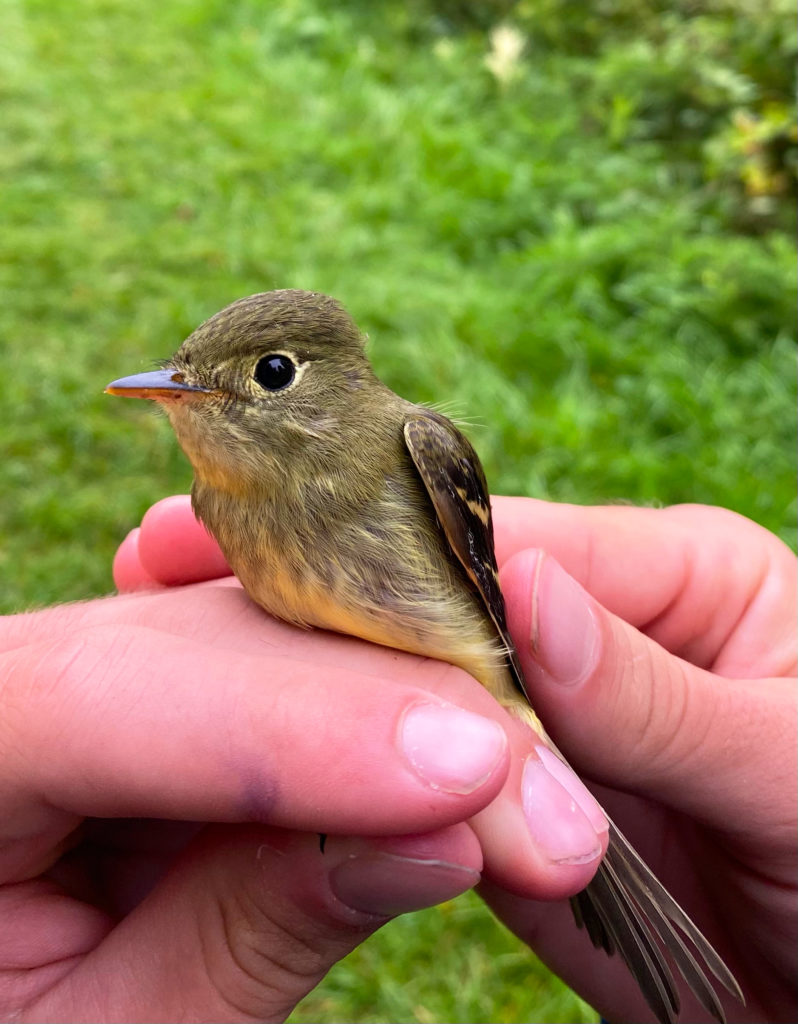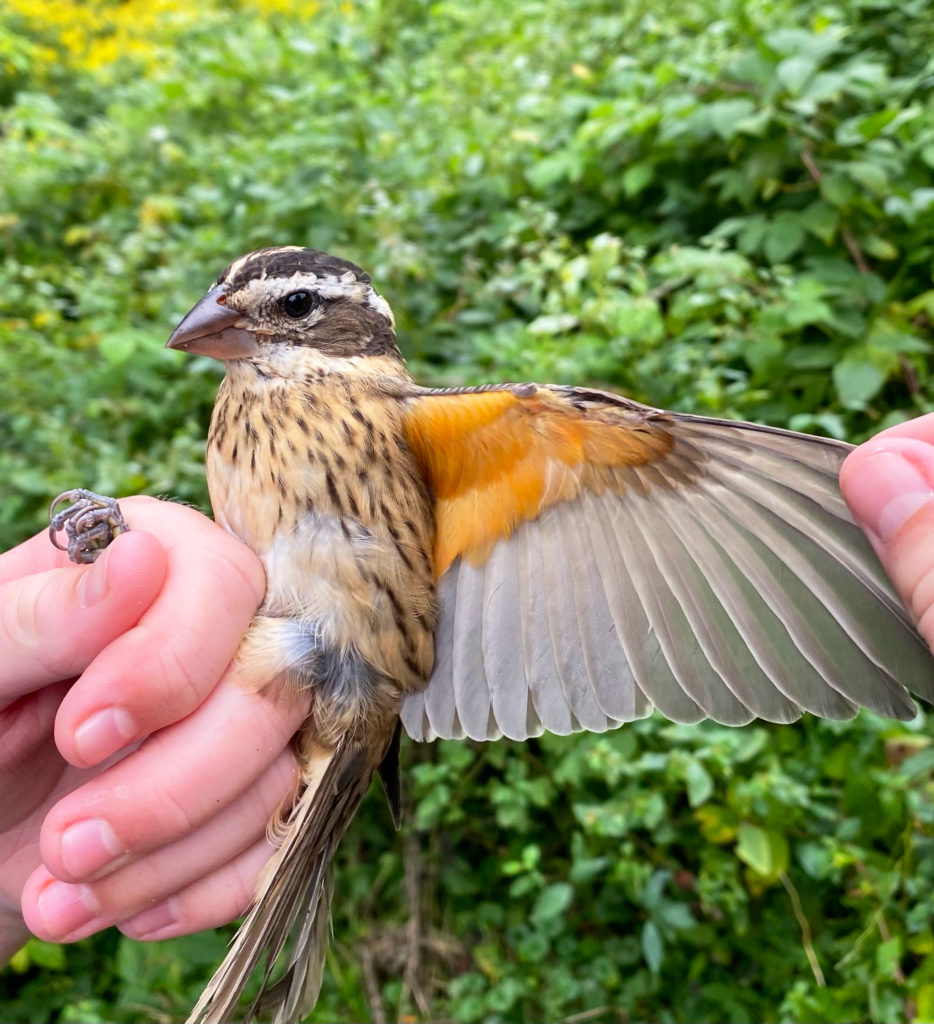Owl banding summary – Fall 2022- Lowville
What a great fall of owl banding we had this year. While it is true that the songbird banding season often runs into November, I find the focus is usually more on owls towards the end of the season, at least for me. When migratory songbird numbers are starting to wind down near the end of October, owl migration is ramping up. Additionally, owls are much more cold tolerant, so we can band owls on cold frosty nights, even when it would be too cold to band songbirds the following morning. This is of course assuming the banders themselves can handle the weather (lots of layers help!). The best nights to try for owls are north wind nights, so that also doesn’t help when you’re trying to stay warm! We definitely had some cold nights this season, but I find most people are willing to stick it our for at least a couple hours to get a glimpse of one these pint-sized owls.

A rare release photo; rare because we turn our headlamps off at release to let the owl’s eyes adjust to the dark (or occasionally have on just a red light). This little one sat on Sam’s arm for the longest time so we were able to snap a red light/low light photo. After a while longer of sitting in the dark, the owl finally flew off and gave Sam’s arm a break from being an owl perch.
Owl banding can also be quite unpredictable, not just night to night, but season to season. Northern Saw-whet Owls (the migratory species we target) exhibit population cycling, which means there can be ‘boom’ and ‘bust’ years. So some seasons might have massive numbers of owls on the move, and in others the owls can be quite sparse. The last two years have been neither boom nor bust, but rather slightly above average for owl numbers (based on information from other Eastern N.A. owl banding operations that have standardized protocols). I think we did very well at Lowville this season considering we had a bit of a late start, and banded less than 10 nights; we ended with 58 Northern Saw-whet Owls and 2 Eastern Screech-Owls! Of the Northern Saw-whet Owls we banded, 62% were hatch-year birds, 21% were second-year, and 14% were after-second-year. There were also 2 individuals with unusual molt patterns that could not be aged past after-hatch-year (AHY). We were able to categorize 30 of the owls we caught as female (53%), 3 as male (5%), and the remaining 24 birds (42%) had measurements that fell in-between the two gender classes and were therefore categorized as unknown sex. These patterns are not particularly unusual as most saw-whet banding operations report the majority of the owls they catch are female.
Below you can see the comparison of a hatch-year vs. second-year wing. Northern Saw-whet Owls are one of several owl species that have a pigment in newly grown feathers that fluoresces under UV light. This can be an easy way to see differences between older feathers and newly grown ones.
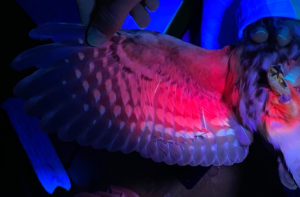
This wing belongs to a hatch-year owl, and because the feathers were all newly grown this year, they all glow pink.
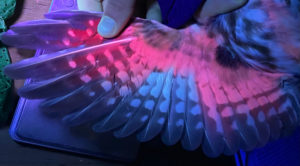
The contrast you see here is due to the bird retaining some feathers from a previous year. Because those feathers are older, they don’t glow anymore. This is a second-year owl.
Season totals:
57 Northern Saw-whet Owls banded
1 Northern Saw-whet Owl recaptured – foreign recovery (more on this below)
1 Eastern Screech-Owl banded
1 Eastern Screech-Owl recaptured from previous season
Notably, the night of October 27th (and into the morning of Oct 28) ended up being our biggest night. There was a steady flight of owls that night, which we had anticipated might happen based on the weather forecast. There were 4 or 5 nights of unfavorable winds leading up to the 27th, and that evening the wind switched to a steady northeast (i.e. favorable) wind across central/southern Ontario. Several of the youth group banders made it out that night, and I think everyone really enjoyed getting to see so many owls up close. The night overall certainly did not disappoint considering we ended up catching 32 individual saw whets including our one foreign recovery of the season! We discovered after receiving information back from submitting this owl’s band number that she was originally banded in the fall of 2020 as a hatch-year bird at Purdue University in Indiana. This means that since fall 2020 (her first migration), she has two more years of successful migrations under her belt, and we wish her many more!
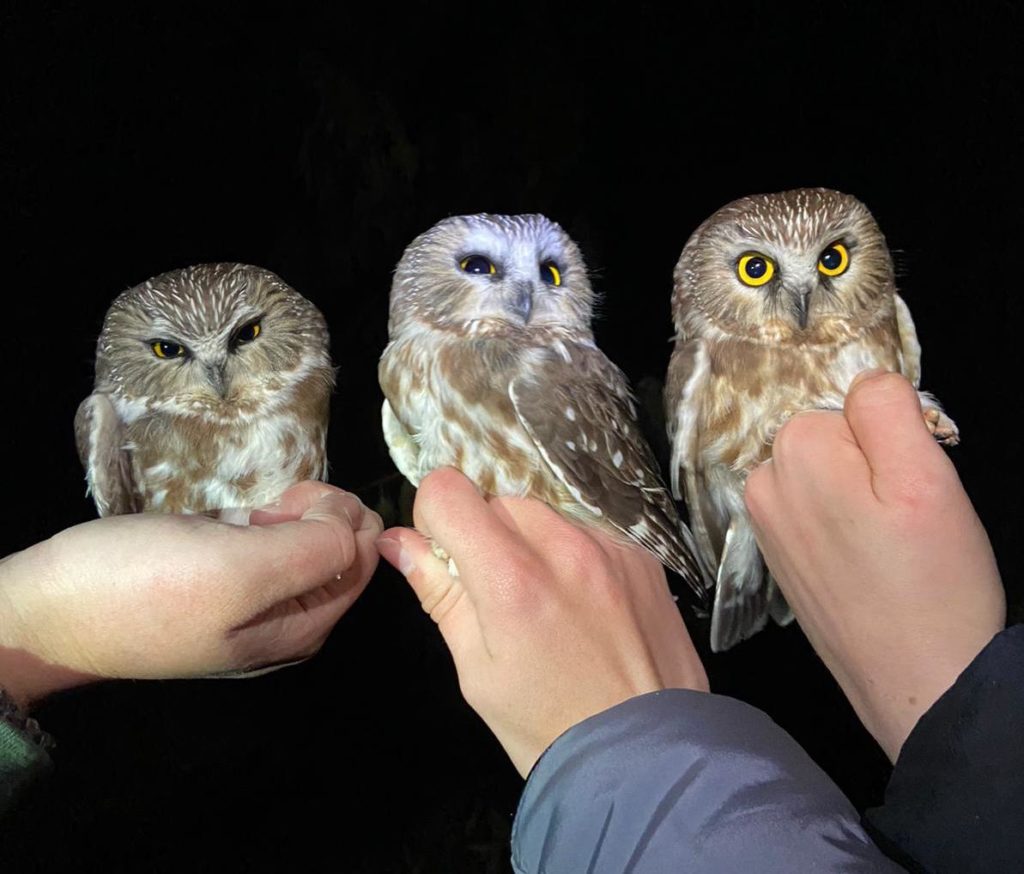
Our foreign recapture owl along with the other two owls that were with her in the same net (they were both hatch-year birds). Luckily, Sarah and Eila were with me, which is how we were able to take this group photo. I’m not sure whether they were all in that net together by coincidence but I’ll leave it up to you whether you want to speculate on other possibilities :). Photo – Sarah Sharp
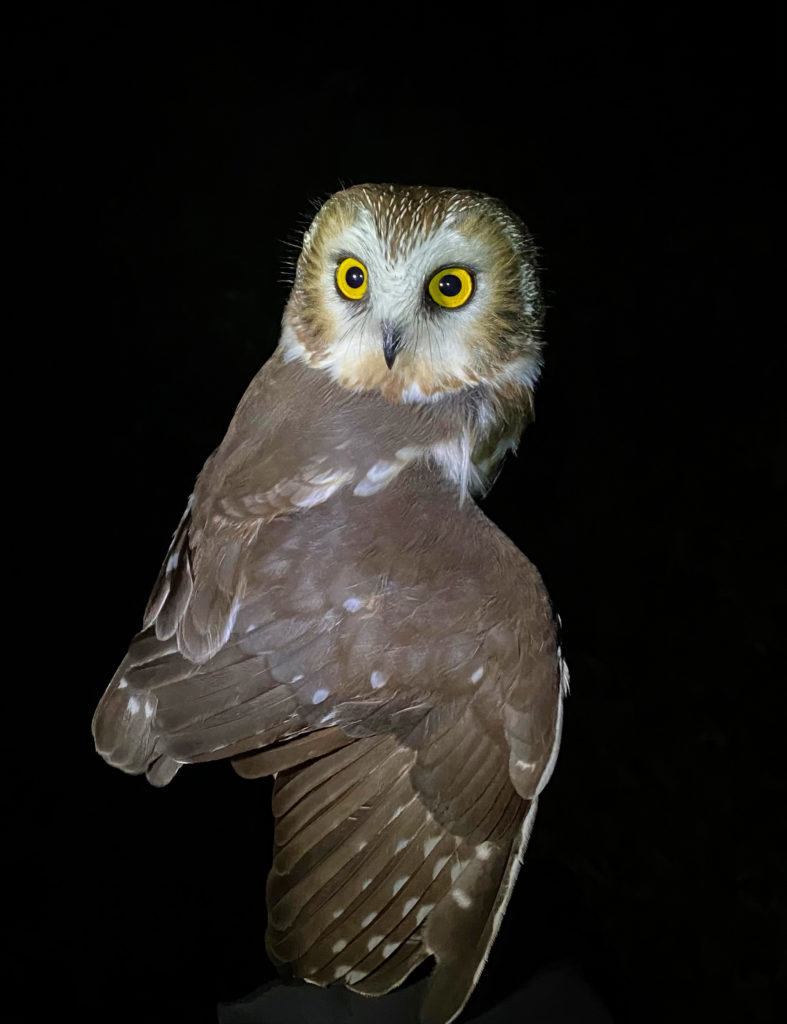
This photo turned out so cool, and not by design. It just so happened the owl stretched it’s wing out covering the arm and hand of the person holding her.
The night of Nov 7/8 concluded our banding season and ended up being an interesting night. Dave joined me for the beginning of the night and it was quite cold. It had dropped below zero and frost was starting to coat everything as early as about 11pm. In addition to that, it was a full moon, so everything had an eerie beauty. The moon was so bright, we could walk the trails between the nets without turning any lights on. The frost made everything sparkle in the moonlight, and we also saw an unusual number of moths actively flying around. I believe they were a species of owlet moth; some species belonging to this group only fly when the temperature is near freezing. I’ve read about these moths, but hadn’t previously seen them because I don’t usually spend a lot of time outside at night in the winter months. Such a neat thing to get to see!
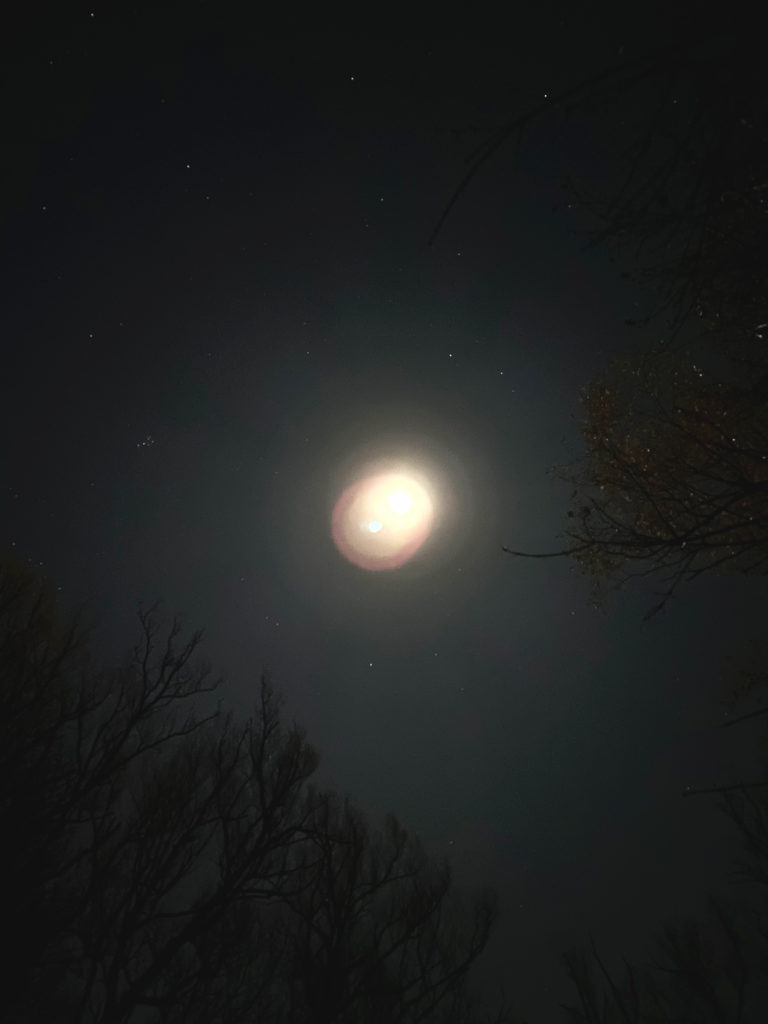
My phone camera doesn’t seem to handle the direct light of the full moon very well but I still thought this shot turned out neat. I was trying to capture the surreal beauty created that night by the extremely bright full moon.
Despite the cold, we were rewarded with a very respectable final night of banding with 7 owls. It was great end to a wonderful fall season.
A week or so after we wrapped up with banding, we took the site down and packed the nets away, and good thing we did, considering it started snowing just a couple days later. The Northern Saw-whet Owls are now likely settled into their winter territories, and so we will await next year’s fall migration!
Thanks so much to everyone who helped out this year, and hope you have a fantastic holiday season!
